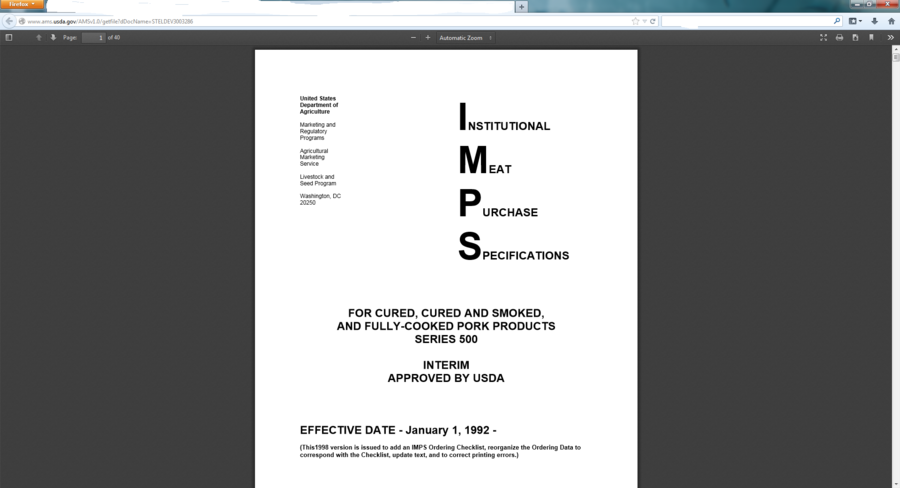jerky nut
Smoke Blower
Yes I understand what you are saying Digging Dog but their is some confusion here also maybe I can clear up or maybe I'm wrong wouldn't be the first time. If you put 1 tea spoon of cure # 1 into five pounds of ground meat you have 156 ppm of nitrite in your product. because you mixed it into the meat.
Now take 1 tea spoon of cure #1 and put it on 5 lb bacon as a dry rub your ppm will reflect the number of days you allowed it to cure. The longer you let it cure the closer to 156 ppm you will get but you will never get to 156 ppm because all of the nitrite will not penetrate the meat, you will loose some to fat not allowing transfer, you will loose some to moisture coming out of the meat and dripping off taking Nitrite with it. This is the reason for 4 times the amount of cure. Even though it's 625 ppm laying on the surface by the time it makes it way into the meat and the curing process is finished you should be around 156 ppm
I am in no way trying to harm or poison any one here. The use of nitrite is a safety concern to all of us I am just trying to interpret the guidelines laid out by the USDA. and this is my opinion.
Dry cured is the application of cure to the outside area of the product to be cured, ( no matter how long it is to be cured) it is the process.
Bitong can be as thick as a slab of bacon we are taking Biltong not jerky.
Maybe some one here can get pops to give his opinion on this conversation.
Now take 1 tea spoon of cure #1 and put it on 5 lb bacon as a dry rub your ppm will reflect the number of days you allowed it to cure. The longer you let it cure the closer to 156 ppm you will get but you will never get to 156 ppm because all of the nitrite will not penetrate the meat, you will loose some to fat not allowing transfer, you will loose some to moisture coming out of the meat and dripping off taking Nitrite with it. This is the reason for 4 times the amount of cure. Even though it's 625 ppm laying on the surface by the time it makes it way into the meat and the curing process is finished you should be around 156 ppm
I am in no way trying to harm or poison any one here. The use of nitrite is a safety concern to all of us I am just trying to interpret the guidelines laid out by the USDA. and this is my opinion.
Dry cured is the application of cure to the outside area of the product to be cured, ( no matter how long it is to be cured) it is the process.
Bitong can be as thick as a slab of bacon we are taking Biltong not jerky.
Maybe some one here can get pops to give his opinion on this conversation.
Last edited:







